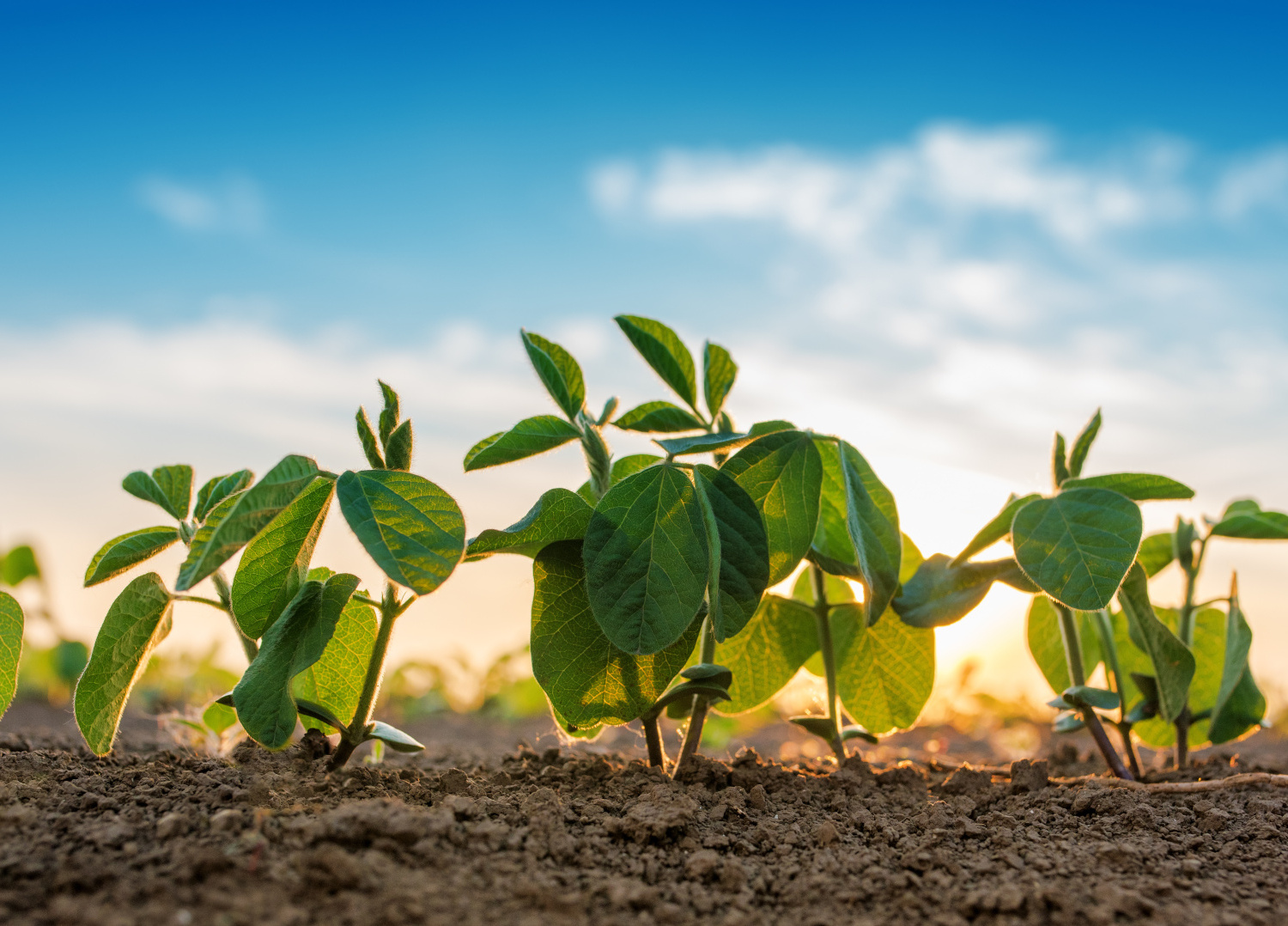Harvest is well underway for soybean farmers in the north central region of the United States. This regular feature provides an update of crop growing conditions from several farmers, along with happenings across the farm to ensure overall quality of their product.
Soybeans and corn are being harvested across the U.S., including the region that comprise the Northern Soy Marketing group: North Dakota, South Dakota, Nebraska and Minnesota.
Despite late planting and a very dry summer for much of this region, many farmers are reporting an average to slightly below average soybean yields. Starting in the most southern state involved in NSM group, Nebraska farmers have felt the effects of drought the entire growing season. Irrigated soybeans are experiencing average yields, but non-irrigated soybeans are very poor, up to about half of the average yield. Overall, 33% of the state’s soybeans are rated very poor or poor, 27% fair, 32% good and 8% excellent with just over half of the crop harvested, according to the most recent USDA National Ag Statistics Service crop progress report.
USDA NASS reports similar numbers in South Dakota, while our farmer-leaders report yields of non-irrigated soybeans in the central part of the state yielding slightly below average, some as low as 30 bushels per acre. Irrigated soybeans in the same area are yielding 60-70 bushels per acre. In the northeast region of South Dakota, one farmer reported a wide range of yields starting around 40 bushels per acre, up to 68 bushels per acre.
[Best_Wordpress_Gallery id=”7″ gal_title=”October Crop Update”]Heading east to Minnesota, soybean harvest is 63% complete. Much of the state has experienced a dry growing season, producing an average to good crop. In west central Minnesota, soybean yields have been average or slightly below average, but some farmers are reporting “better than expected” yields. A small portion of southeast Minnesota has escaped drought throughout the growing season and is experiencing very good soybean yields.
Conditions for harvest in North Dakota have been great and farmers are reporting respectable yields with just over half of the crop harvested. Much of eastern and central North Dakota is in moderate drought while some parts in western North Dakota are in severe drought. The dry growing conditions throughout 2021 and 2022 caused grasshopper issues, especially in the western portion of the state. Even with these problems, USDA NASS reports half of the state’s soybeans in good condition and only 7% very poor to poor. One farmer leader in southeast North Dakota shared a photo of leaf drifts in his field after an evening of strong winds. The leaves were dry and didn’t cause problems but caused a unique situation.


